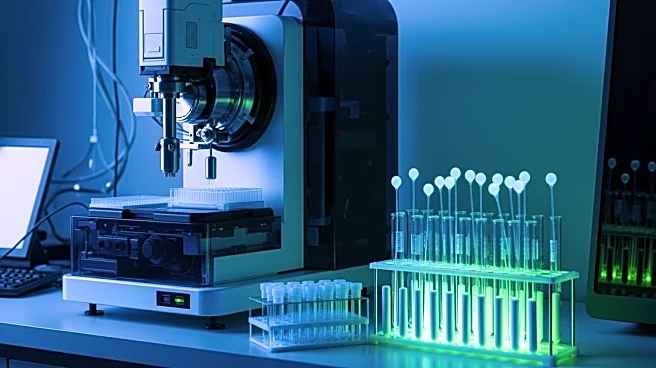What's Happening?
Synthetic riboswitches are emerging as valuable regulatory tools in gene expression, offering distinct advantages over traditional protein-based systems. These RNA-based elements provide direct and fast
control over the RNA molecule they are located on, without the need for cofactor-dependent processes. This makes them particularly suitable for applications where protein co-expression is problematic, as they impose lower biosynthetic and degradation demands on host cells. The modular architecture of synthetic riboswitches allows for high customizability, enabling the control of different mechanisms in response to the same ligand. This flexibility supports complex processes and can be combined with other RNA-utilizing mechanisms like RNA interference or CRISPR-Cas systems. Despite their small size, synthetic riboswitches offer precise and quantitative regulation of gene expression, making them attractive for applications requiring speed and resource efficiency.
Why It's Important?
The development of synthetic riboswitches represents a significant advancement in gene regulation technology, offering a more efficient and less burdensome alternative to protein-based systems. This innovation has the potential to enhance therapeutic precision in biomedical applications, particularly in settings where rapid response and resource efficiency are critical. By reducing the metabolic burden on host cells, synthetic riboswitches can improve biomass yields and support more precise control of gene expression. Their modularity and programmability make them versatile tools for various applications, including ligand-controlled gene editing and miRNA processing. As the demand for efficient and customizable gene regulation systems grows, synthetic riboswitches could play a crucial role in advancing genetic research and therapy.











